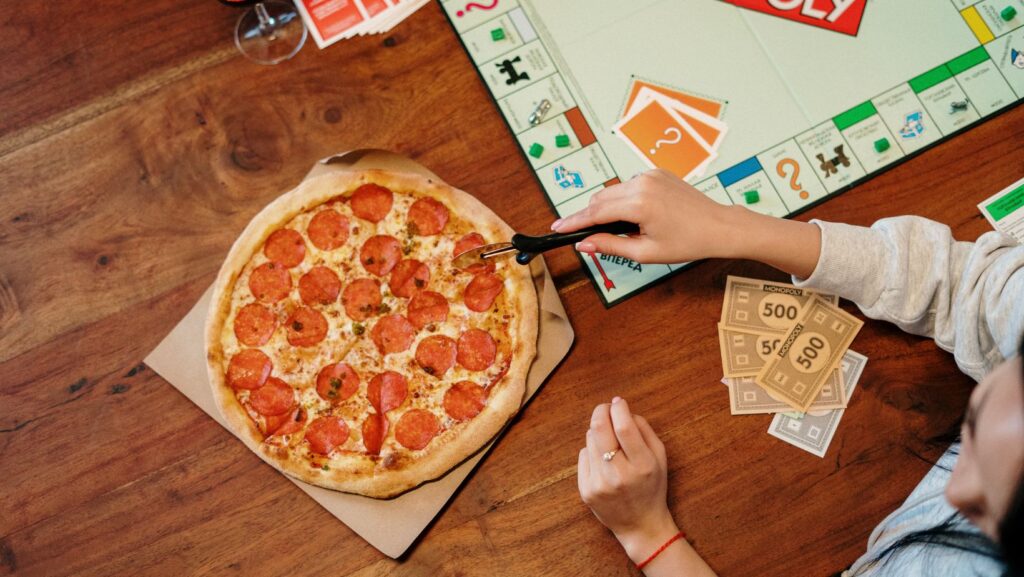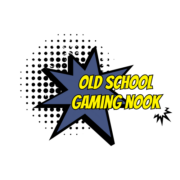60’s Vintage Board Games

The 1960s was a vibrant decade that saw the rise of cultural revolutions, iconic fashion, and unforgettable music. Amidst this backdrop, board games became a beloved pastime, bringing families and friends together around the table for hours of entertainment. These games weren’t just about rolling dice or moving pieces; they were a reflection of the era, capturing the spirit and imagination of a time when creativity knew no bounds.
From strategy-based challenges to whimsical adventures, 60s vintage board games offered something for everyone. They provided a perfect escape from the hustle and bustle of daily life, inviting players to immerse themselves in worlds filled with intrigue and excitement. As nostalgia for this golden era continues to grow, these classic games remain a cherished part of many collections, reminding us of simpler times when fun was just a board game away.
The Rise Of Board Games In The 1960s
The 1960s witnessed a surge in board game popularity, driven by innovation and social change. Manufacturers introduced diverse gameplay mechanics, resonating with the era’s creativity. Games reflected 1960s culture by incorporating themes of space exploration and espionage. Titles like “The Game of Life” and “Stratego” gained traction, offering strategic and narrative experiences.

Marketing practices contributed significantly to board games’ rise. Television commercials showcased engaging gameplay, appealing to both children and adults. Retailers prominently displayed games in stores, increasing accessibility and attractiveness.
Family dynamics during the decade encouraged game nights as leisure activities. Board games facilitated social interactions, serving as bonding tools among relatives and peers. This trend underscored society’s shift towards group entertainment.
Educational value became a selling point in the 1960s. Parents recognized games as tools for cognitive development, integrating problem-solving and strategic thinking skills. Games like “Operation” and “Battleship” offered fun while engaging users’ mental faculties.
This era marked a transformation in the board game industry, setting the stage for future innovations.
Popular 60s Vintage Board Games
Several board games from the 1960s remain iconic, capturing the spirit and creativity of the era. These games not only entertained but also contributed to the cultural fabric of the decade.
Monopoly: A Timeless Classic
Monopoly, though originally created during the Great Depression, gained renewed fame in the 1960s. Its simple yet addictive capitalist theme fostered intense competition among players. The objective was to monopolize properties and bankrupt opponents, teaching financial literacy and strategy through gameplay. Variants and special editions emerged, enhancing its appeal and ensuring its timeless status.
Twister: The Game That Defined A Generation
Twister marked a cultural shift, blending physical activity with board game fun. Designed in 1964, its interactive format required players to stretch and balance, breaking conventional gaming molds. The game captivated audiences when it gained widespread attention after being featured on television. Its mix of amusement and physical engagement turned it into a staple at social gatherings.
The Game Of Life: Reflections Of The Era
The Game of Life embodied 60s optimism and societal aspirations. Created by Reuben Klamer, it simulated major life events from college to retirement. Players navigated through twists of fate, reflecting the decade’s values of education, family, and career success. Its blend of realism and fantasy resonated with the cultural atmosphere, making it a beloved household fixture.
The Influence Of 60s Culture On Board Games
The 1960s, marked by rapid social and cultural shifts, left a significant imprint on board games. This era embraced progressive values, including civil rights movements and counterculture. These values found their way into game designs, reflecting the desire for change and experimentation.

Pop culture had a notable impact, with television shows and movies inspiring new themes. Space exploration surged in popularity after the moon landing in 1969, leading to games like “Blast-Off!” and “Lunar Landing” that captured imaginations. Espionage themes mirrored Cold War tensions, with games like “Spy vs. Spy” integrating mystery and strategy.
Art and design styles from the 60s found expression in game aesthetics. Vibrant colors, psychedelic patterns, and innovative layouts pushed the boundaries of traditional game design, making them visually appealing and distinctive products of their time. This creativity mirrored broader artistic trends seen in other cultural domains.
Board games incorporated educational and exploratory elements, aligning with the decade’s emphasis on intellectual growth and exploration.

